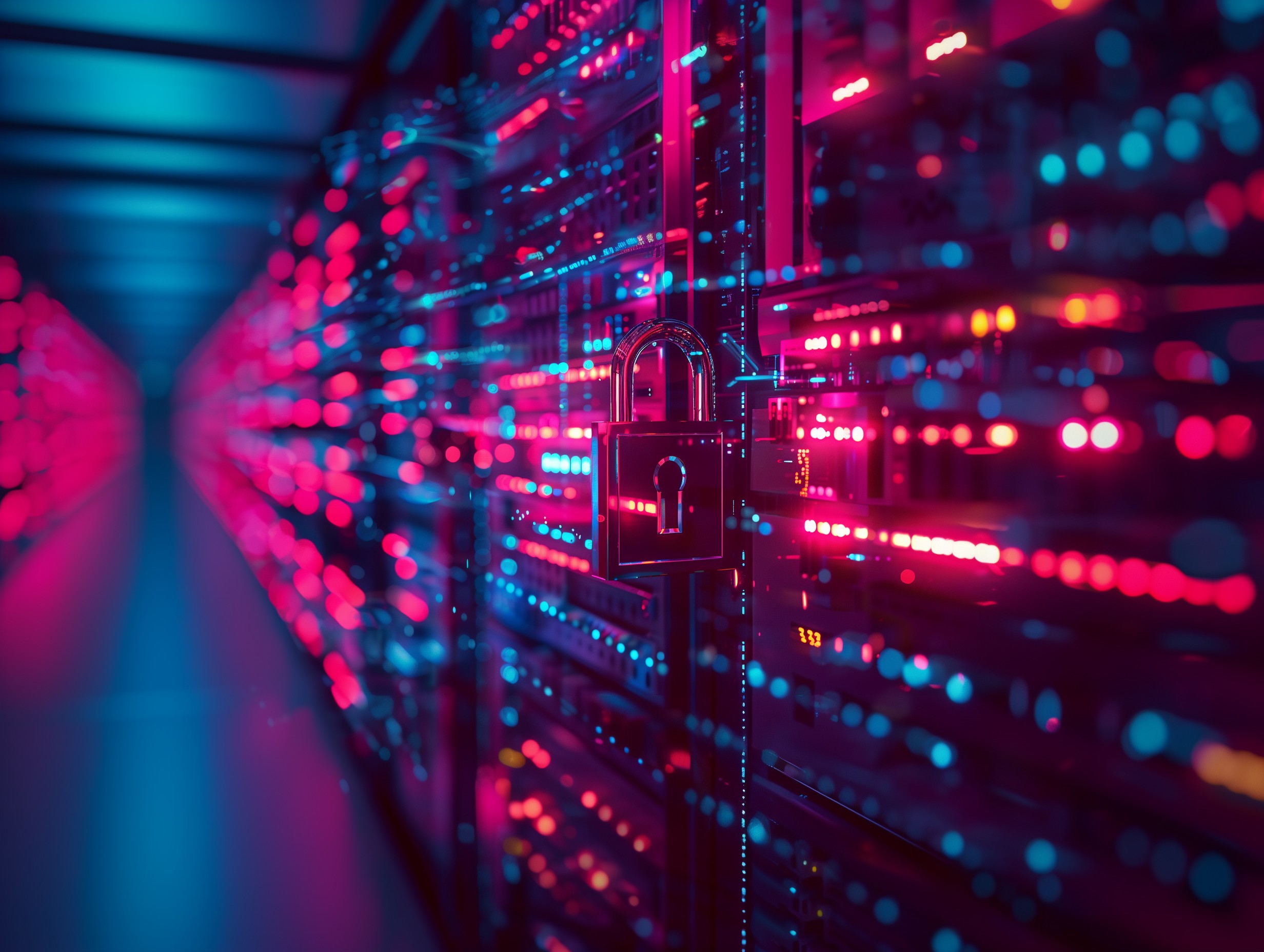
Access Control Measures for Desktop Security
Use of Biometric Systems
Biometric systems are becoming increasingly popular for providing physical security to fixed location desktop computers. These systems use unique biological characteristics such as fingerprints, iris patterns, or facial features to verify the identity of an individual before granting access. By eliminating the need for traditional keys or passwords, biometric systems offer a higher level of security and convenience. With advancements in technology, these systems have become more accurate and reliable, making them an effective solution for protecting sensitive information stored on desktop computers.
Security Keycards
Security keycards play a significant role in ensuring physical security for fixed location desktop computers. These small plastic cards contain embedded chips or magnetic stripes that store encrypted data related to user authentication and access privileges. To gain entry to a restricted area where the computer is located, users must present their keycard at a card reader connected to the computer system. Only authorized individuals with valid keycards can gain access, enhancing overall security measures.
PIN Codes for Access
PIN codes serve as an additional layer of protection when it comes to securing fixed location desktop computers physically. Users are required to enter a unique personal identification number (PIN) into a keypad connected to the computer system before being granted access. This method adds complexity by combining something you possess (the PIN) with something you know (the code), making it harder for unauthorized individuals to bypass physical security measures.
Two-Factor Authentication
"Two-factor authentication" is another approach commonly used in physical security for fixed location desktop computers. It involves using two different types of credentials from separate categories: something you know (e.g., password) and something you possess (e.g., smart card). By requiring both factors during authentication, this method significantly enhances security by reducing the risk of unauthorized access even if one factor is compromised. Two-factor authentication is widely adopted to safeguard sensitive information and prevent potential breaches.
Asset Management and Tracking
In the evolving landscape of workplace security, asset management and tracking have become paramount for organizations seeking to safeguard their digital assets, particularly in relation to fixed-location desktop computers. An effective strategy encompasses both physical security measures and comprehensive inventory protocols to mitigate risks associated with theft, unauthorized access, or inadvertent loss. By employing state-of-the-art encryption technology alongside robust locking mechanisms and surveillance systems, businesses can create a formidable barrier against potential breaches. Additionally, maintaining an up-to-date inventory of hardware components and software licenses not only enhances operational efficiency but also aids in quick recovery post-incident. Regular audits further reinforce this framework by identifying vulnerabilities early on and ensuring compliance with industry standards. This multidimensional approach underscores the necessity for a proactive stance towards protecting valuable information assets within fixed desktop environments.